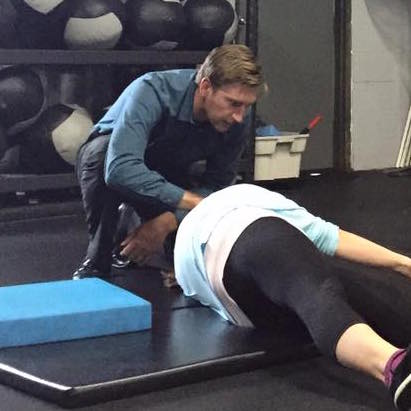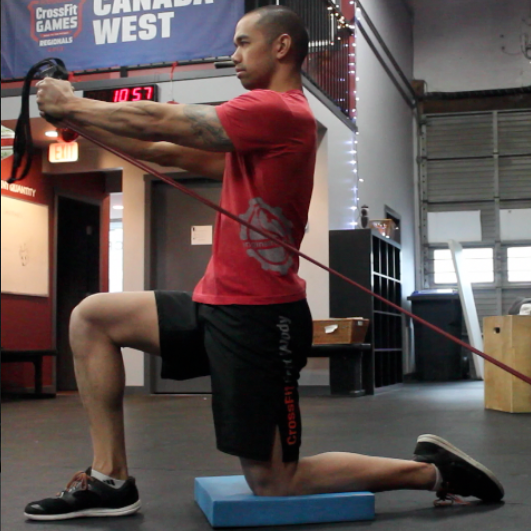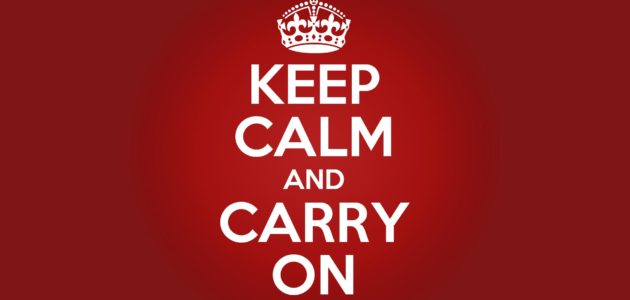Training with an Injury

It would be amazing if we never injured ourselves during training, play, or anything else that requires us to push ourselves outside of our comfort zone but the reality is, if you’re pushing yourself to improve, injuries will likely happen at some point. So what do we do then when we injure ourselves to the point where there is some serious discomfort, pain, or limitation? Here are some steps you should take when injuries do show up so that you can continue to move forward and improve.
STEP 1: GET YOUR INJURY PROPERLY DIAGNOSED BY A QUALIFIED CLINICAL PROFESSIONAL
This is very important! I don’t know how many unqualified people I’ve come across that are trying to figure out and diagnose their pain on their own. If you don’t know what exactly is wrong, then how are you supposed to try and begin to remedy the situation or know what movements to avoid if you do decide to continue to train. The process we use at Engineered Bodies is simple: if you have pain you need to see a qualified clinical professional to get that pain diagnosed. Pain is the line where the issue becomes a health problem that needs a health solution (e.g. appropriate treatment). No amount of fitness training is going to help so if pain is present, that becomes outside of the scope of a strength coach or trainer that isn’t also a qualified clinician.

Clinicians that understand movement and follow a system to properly assess and diagnose your pain will be your best choice. These clinicians will provide you with the most appropriate care and will likely include some movement-related homework for you to do with defined metrics for you to accomplish. These defined movement metrics are important to show you that you’re actually improving to the point of returning to training with some modifications perhaps. The clinician will also provide the strength coach or trainer some important guidelines to follow regarding movement limitations you may have so that they can modify exercise movement patterns as necessary. The goal in step 1 is to get your pain diagnosed and provide you with a corrective strategy and plan to eventually remove this pain and get you back into the gym.
STEP 2: DO YOUR MOVEMENT HOMEWORK!
Once a corrective strategy, corrective exercises, and movement metrics are established, it’s important that you make the time to do your prescribed homework. These corrective exercises may not be flashy but they will definitely work on your weakest links as they demand mindfulness and an awareness of movement, alignment, balance and control. They are reflexive in nature and are designed to improve poor movements and regain functional movement quality. You must focus on the quality of each rep and perform them exactly how they were prescribed. If you’re doing your homework by yourself then get in the habit of videoing your reps to provide you feedback so you can make any necessary corrections. The work that you do in step 2 will lay the foundation for you to get back to more high-level, intense training… eventually.

STEP 3: CONTINUE TO TRAIN!
In my opinion, unless you cannot move any of your joints without experiencing sharp pain, there is always something you can train in the gym that will help you improve. Continue to do your movement homework but also come up with a training plan and strategy with your coach that you can train in the gym. Good coaches will be able to modify exercise movement patterns so that you can still train in some capacity and make improvements towards your goals. Your coach is there to support and assist you as you recover but you must commit to the process and the idea that you won’t be moving as fast as you would normally if you weren’t injured. You can still make little improvements in the gym everyday but if you stop coming you cannot improve. My sensei in the Ki Society used to always say that you must continue to train to improve because if you stop, you’ll actually go backwards. He’s right. If you stop you will lose everything you’ve worked hard to get you where you’re at now.

About a year and half ago I somehow injured my knee to the point where it hurt to bend it to a certain degree even when it was completely unloaded. Loaded squatting to that degree was impossible. The injury forced me to modify my training and execute all my snatches and cleans off of blocks where the bar was being pulled from above my knee and I could only manage to catch my lifts in the power position. This went on forever and it was the most frustrating thing I have ever had to deal with. Eventually my knee started to heal and because I continued to train in some capacity, the result was my pulls definitely improved. After a few more months of modified training, my timing for my full snatches and cleans from the floor started to once again become a reality.
My knee pain also forced me to focus on strengthening and improving my body weight movements like handstands, gymnastics rings, bar work, and other movements. I pretty much sucked at all of that stuff but since training heavy lifting wasn’t in my cards, I took on the challenge to focus on getting better at those weaknesses. Then I somehow managed to break my neck. That definitely wasn’t fun and the rehabbing was slow but I still went to gym while I rehabbed and worked on things that wouldn’t aggravate my neck and cause nerve pains all up and down my arm. Fast forward to today and all the time that I put in the gym training in some capacity helped me improve to where I am today. I’m convinced that if I stopped training or moving then I would be a wreck both physically and mentally.
Training with an injury is frustrating and can definitely get you down and out. A good combination of qualified clinician and strength coach will support and assist you as you recover through steps 1 through 3 above. Speaking from my own personal experiences and successfully assisting many clients through similar journeys over the years at Engineered Bodies, there is definitely light at the end of the tunnel. It takes a good plan, commitment to the plan, patience, and perseverance to get you through. My team and I at Engineered Bodies are here for you. Are you up to the challenge?
